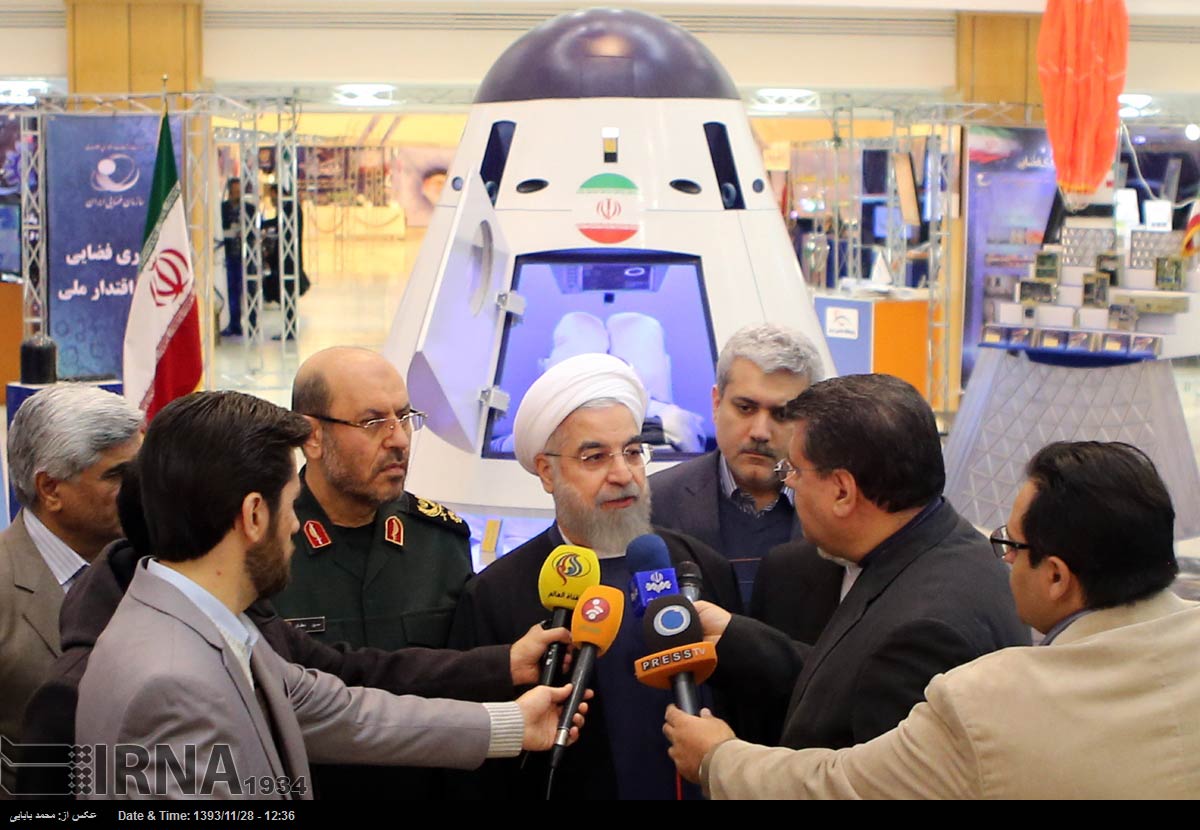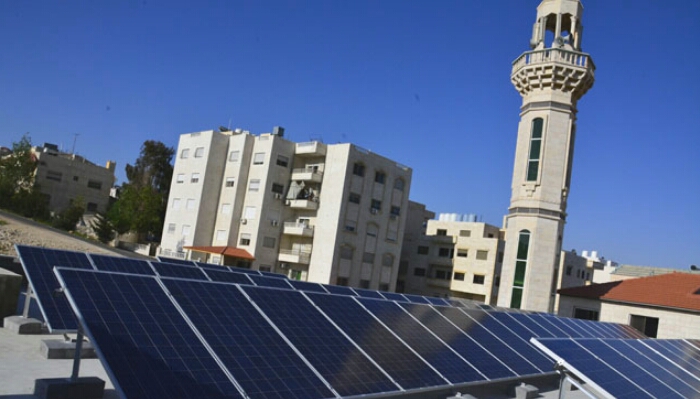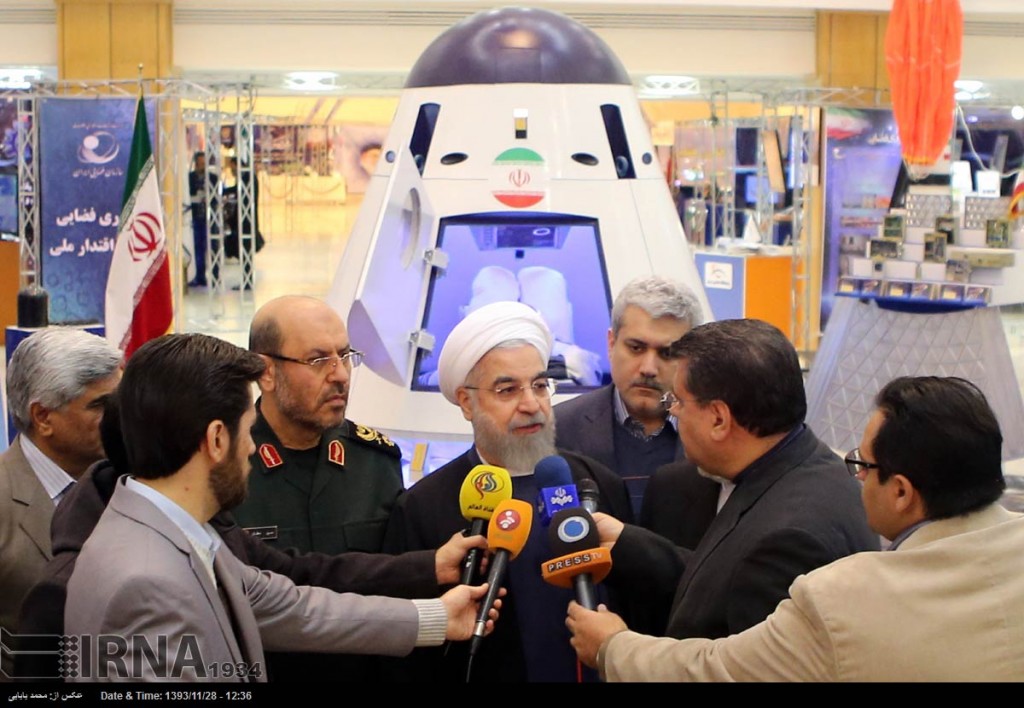February 19, 2015 – Some of you who are my readers may not know that when I graduated from university my degree was in Islamic Studies and Medieval History. I was very much aware of Islam’s contribution to the science of mathematics, astronomy and chemistry during the golden age of the Islamic World, the 8th through the 10th century. But something happened within the culture and religion to eventually end Islam’s leadership in these fields.
That doesn’t mean the people of the Islamic World are not excited about scientific and technological progress. Just last week I wrote about the United Arab Emirates latest contest to award innovative developers of robots for use in healthcare, social services and other domestic needs. This week two more interesting stories have emerged. The first is a Jordanian announcement to install solar power at every mosque in the country. The second comes from Iran which recently launched its fourth domestic satellite and revealed its plans to send a human into space using its own launchers and a home grown space capsule.
Jordan’s Move to Solar
Two Jordanian government ministries have launched a tender to implement solar power initially in 120 mosques throughout the country with the final goal to have all 6,000 in the country using photovoltaic panels to generate energy.
One mosque in Amman may have been the inspiration for this initiative. Funded by congregants and local donors, the Abu Ghaweileh mosque is now powering its lighting and air conditioning using solar power. The mosque now sells its surplus energy to the national grid. This is only possible because in 2012 Jordan introduced net metering allowing the surplus from residential solar power installations to be sold back to the national utility.
When you consider the pushback against net metering from many U.S. power providers it makes you wonder who is actually participating in the energy revolution here in the 21st century.
Iranian Prototype Space Capsule Displayed at Technology Conference
At a ceremony this week to honour Iran’s achievements in space, President Hassan Rouhani posed in front of a mock up space capsule (see image below). One similar to this may be launched within the next two years possibly with an Iranian astronaut would be on board.
The country leadership in most recent announcements has made it clear that they intend to be the fourth nation to put a human into space. They are doing this with entirely home grown technologies.
The Iranian Space Agency (ISA) first achieved low-Earth orbit launch capability in 2009. In 2013 they successfully launched two monkeys into suborbital flights and safely returned them to Earth. Now they are gearing up to put a human into space. It is not known whether this first effort will be suborbital or they will attempt to attain low-Earth orbit.
For a country that has been economically sanctioned for unwillingness to disclose its nuclear plans, it is quite remarkable to find it attempting to join China, India and the United Arab Emirates in an Asian version of the Soviet-American 20th century Space Race.
Of course this latest event could be smoke and mirrors but based on the progress of the last five years both in launch capacity and the ability to build environmental systems that can sustain life in launch payloads, Iran may just succeed.
From these two announcements one can conclude that technological innovation in the 21st century has no political, religious or ideological boundaries.











